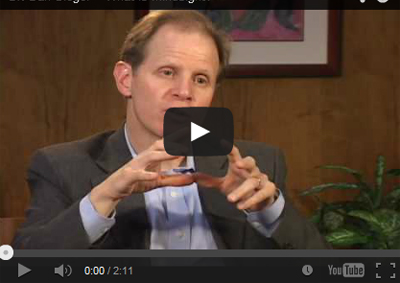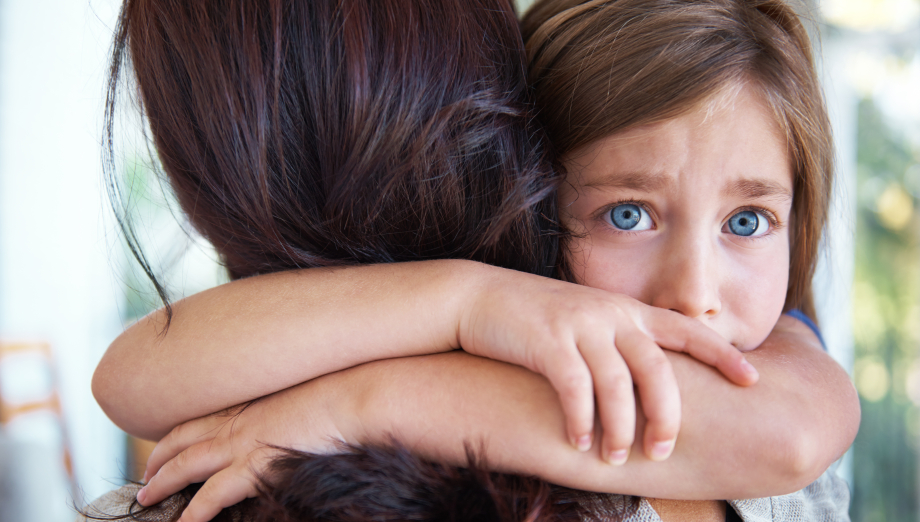Injured, Not Broken: Why It’s So Hard to Know You Have CPTSD
…ficult to regulate emotions in relationships. Complex trauma may lead to a disorganized attachment style, where you struggle to know whether what you think and feel is right or wrong. Standing up for yourself and setting boundaries may feel completely unfamiliar. It’s often hard to figure out who to trust — if anyone, especially in relationships. In the struggle to make sense of why life feels so bad, those with CPTSD often fault themselves. Many…
Learn More







